All about the sports turf
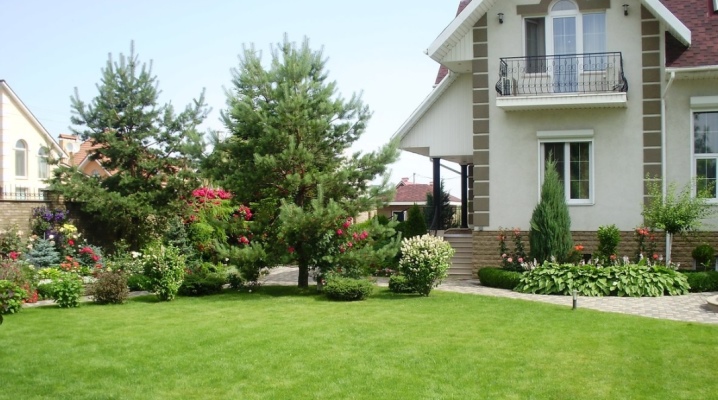
A decorative decoration of any suburban area is a sports lawn - a grass-sown area. It not only has an aesthetically attractive appearance, but also performs quite practical functions: you can run, play, arrange summer picnics on it. If the area of the site allows, such a covering can be done independently. But you should immediately prepare for the fact that the installation process will be slow and rather laborious.
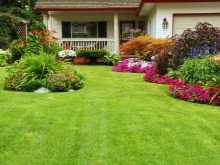
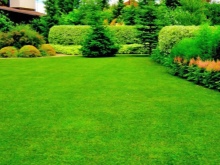
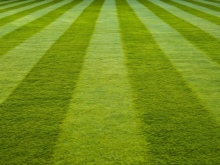
Description
The lawn grass, which is used to sow the site, has an increased resistance to various mechanical loads, therefore this type of lawn is used mainly on sports fields. However, it is also great for country houses with a large backyard area, where active recreation is often done.
There are several types of sports turf:
- football;
- tennis;
- playground;
- for golf,
- for the racetrack.
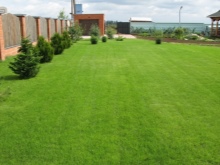
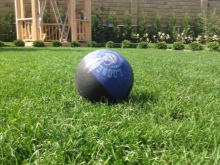
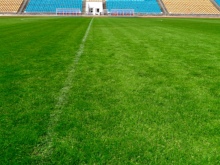
For each of them, a separate type of grass mixture is used. A sports lawn can be natural or artificial. In the first case, you can independently prepare and sow the site with grass. It is also possible to purchase a ready-made natural roll lawn, with the help of which it is possible to skip the process of growing a turf. The second option is more economical both in terms of money and in the time that must be spent on caring for it.
The grass mixture, which is used for dense turf cover of the lawn, consists of vegetation with increased resistance to external negative influences. Special types of grasses are the least susceptible to trampling or tearing, so the site retains its aesthetic appearance even after active sports or other dynamic activities.
Additional advantages of such a mixture:
- resistance to most types of diseases, including anthracnose and rust;
- the ability to mow it up to 2.5 cm;
- resistance to high ambient temperatures.
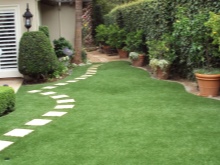
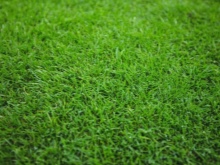

Among the requirements for sports grass are:
- inadmissibility of accumulation of dirt and moisture on the surface of the lawn after rain;
- the ability to withstand regular loads;
- the grass should not slip and impede movement;
- the surface of the site must be flat and uniform.

Advantages and disadvantages
There are a number of main advantages of a sports lawn in a summer cottage.
- Lawn grass has the ability to retain dust on the surface, which purifies the air. In addition, she, like other representatives of the flora, produces oxygen.
- The lawn covering, due to the active evaporation of moisture from the soil, makes the surrounding space cooler. And this is very important in the hot season.
- The dense grass cover does not allow weeds to germinate. The site will look neat and well-groomed for more than one year.
- Non-traumatic surface protects against possible falls.
- A properly laid lawn, with proper care and maintenance, will not lose its aesthetic and practical functions for up to 5 years.
- The lawn is an ideal background for the decorative elements of the site: benches, shrubs, garden figures and ponds.
- A wide variety of sports grass mixtures makes it possible to choose the most suitable option. You can combine several of them, for example, separately for the site and tree trunks.
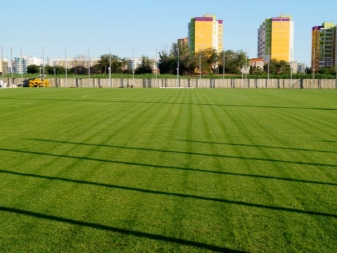
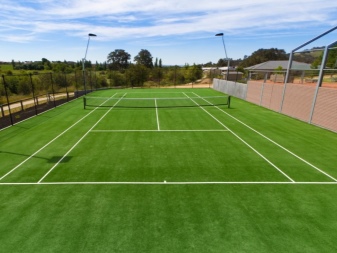
No obvious disadvantages of the sports turf were found. A relative disadvantage is the inability to break up a full-fledged lawn due to the lack of a local area. Therefore, summer residents often face a choice - a lawn or a garden bed. In small areas, you can confine yourself to small green lawns, which will become a decorative decoration of the summer cottage.
A large lawn to care for it requires special tools: a compactor, a seeder, a lawn mower. In addition, such a site requires financial, labor and time costs.
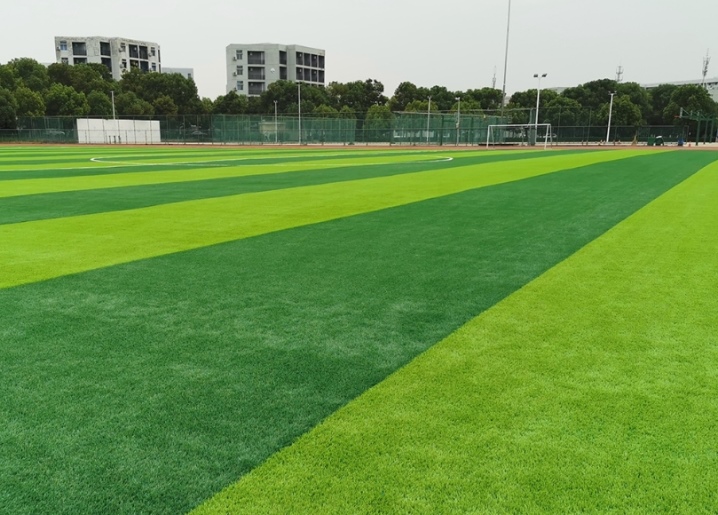
Mixture types
For each type of sports turf, depending on what and how actively they are engaged in it, it is customary to use different herbal formulations. Of all the varieties of grasses, the most popular are perennial ryegrass, meadow bluegrass, meadow and red fescue, white bent and common comb.

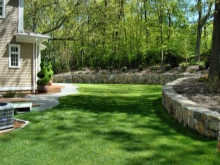

"Universal sports grass mixture"
This type of grass mixture, after sowing, forms a dense sod that is able to withstand regular high loads. It consists of bent grass, fescue and meadow bluegrass. Most often it is used for arranging football fields.
Seeds are sown in a dense, even layer, and in those places where an increased load on vegetation is expected, sowing is done in a double form. This type of lawn requires regular feeding and mowing.

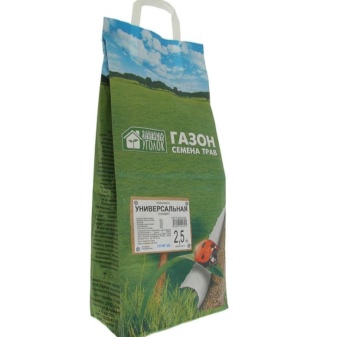
"Mono mixtures"
Ideal for arranging tennis courts. The grass mixture after germination forms a uniform surface that is highly resistant to trampling. For sowing, the same varieties of grasses are used, which are part of the "Universal sports grass mixture", but they are not mixed, but only one type of plants is sown.
Regular mowing of the sports grass helps to create an even surface. At the end of the season, the sod layer is pierced, which prevents possible compaction of the plant root system, as a result of which their attractive emerald color may be lost.

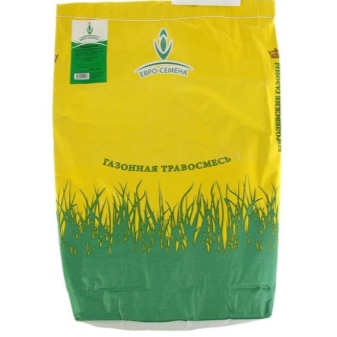
"Park mixture"
Most often, this sports grass mixture is used to equip children's playgrounds and shaded areas. It contains plants of the cereal type: timothy and fescue, as well as clover, which enhances the quality and aesthetic characteristics of the coating.
The grass has a rich green color and grows quickly, forming a layer of dense turf that inhibits the growth of weeds. The lawn cover is unpretentious in maintenance: to maintain a decorative appearance, it is enough to cut the grass 2 times a month and apply fertilizer once.
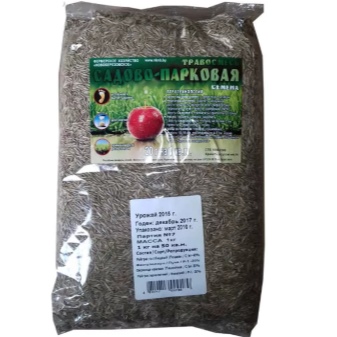

What is the difference between a versatile lawn and a sports lawn?
The peculiarity of the universal lawn is that it contains a decorative component. This type of coverage is often found in park areas, near summer cottages. Looks aesthetically pleasing, durable to use.
The main difference between versatile and sports turf is the purpose: the sporty one is adapted to withstand high mechanical loads, while the universal one has an average degree of resistance to external influences and adverse weather conditions. The endurance of the grass cover depends on the composition of the plants that are included in it: they are different for sports and universal lawns.

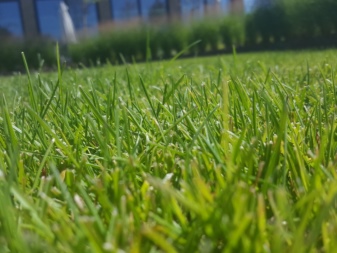
Soil preparation
Arrangement of a lawn begins with the preparation of the soil, which is its foundation. Depending on how correctly this is done, the result and durability of the green canvas will depend.
Soil preparation consists of several stages.
- To begin with, it is necessary to remove all plants and weeds from the selected area, free it from stones and debris. If there are stumps and roots on it, you should also get rid of them.
- Fluffing.In order to fluff the soil, the site must be dug up with a shovel or walk-behind tractor 20-25 cm deep.
- Drainage. If the soil is heavy, prone to excessive moisture or moisture stagnation, drainage is required. For this, the top layer of soil is removed, a layer of crushed stone or gravel 10 cm thick is poured onto the bottom of the cleaned area. A layer of sand of the same thickness is laid on top of it. Both layers must be tamped, and fertile soil must be placed on top of them, after which the site must be compacted again. In this position, it must be left for 1.5-2 weeks. After that, the site is re-cleaned from weeds.
- Fertilizer. In order for the seeds to sprout evenly, experts recommend fertilizing the soil before sowing, and not after it. For this, compost, vermicompost and complex mineral fertilizers are used.
- Alignment. The site is leveled with a rake or a cultivator (if the site is very large). As a result, the grains of soil should be the size of a grain of wheat.
- Tamping. For seeds to germinate quickly and evenly, it is necessary to ensure maximum contact between the seed and the soil. For this, the previously fertilized soil is compacted using a roller. All irregularities identified after this process should be loosened and leveled again. Rolling should not be carried out in wet weather, as this can lead to soil clumping.
- Until the moment of sowing, you cannot walk on the site. 1-2 days before planting the lawn grass, subject to dry weather, the site must be well moistened.
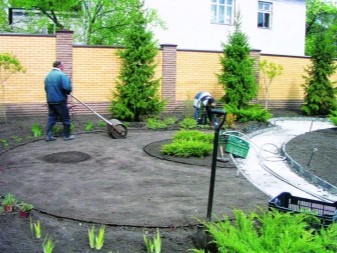
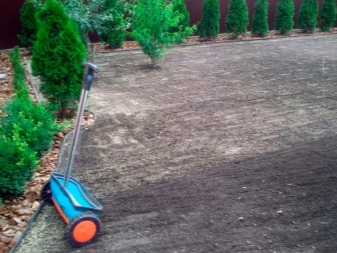
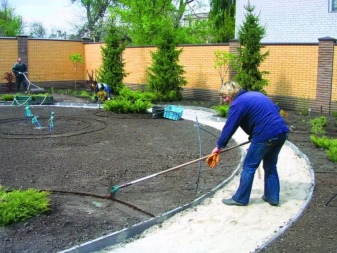

Sowing rules
Experts recommend sowing a lawn grass mixture in mid-spring or autumn. If the plot is small in size, sowing can be done manually; for larger areas, it is better to use a special technique - a seeder. For planting seeds, it is better to choose a windless, quiet day - in windy weather the seed will flutter, so the seedlings may be uneven.
Seeding rates for grass mixtures depend on the type of lawn and, as a rule, are indicated on the package. The standard consumption rate is at least 50 g per 1 m². Experts do not recommend saving - weeds will begin to sprout in the areas of bald patches, which will lead to the need to redo the work again. To ensure an even seeding, it is necessary to mix the seeds with sand in equal proportions.
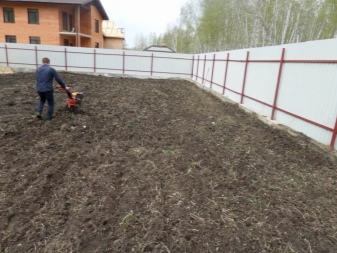
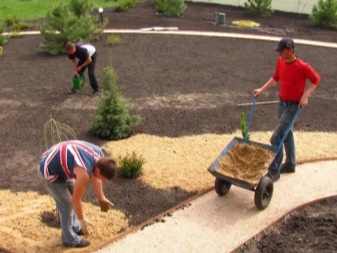
We offer instructions for sowing a lawn.
- It is necessary to conditionally divide the site into equal parts - in accordance with their number, the seeds are divided into the same number of equal parts. This will make it possible to spend them as evenly as possible.
- Moisten dry soil with water using a fine spray hose. After that, the soil should completely and in all places equally absorb moisture, which will make it looser.
- Each batch of seeds is measuredly scattered over the site in 2 directions: first along, then across.
- To deepen the seeds into the soil after sowing, it is necessary to loosen the soil with a French (fan) rake. The optimum depth at which the seed should be located is 1-1.5 cm.
- The next stage is rolling, which ensures maximum contact between soil and seeds, reducing the time of germination.
- The final stage is moderate watering of the bed with a sprinkler with a fine spray.
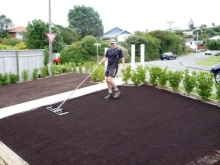
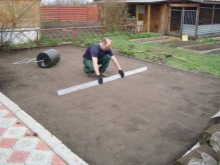
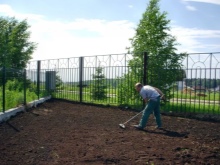
How to care?
Sports turf care begins immediately after placing the seeds in the soil and initially consists only of regular watering. Under favorable conditions, the first shoots appear 2-2.5 weeks after sowing.
In order not to disturb the fragile root system of plants, experts do not recommend walking on the lawn until the moment of the first mowing.
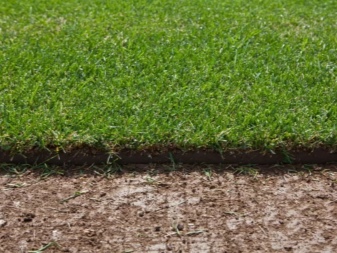
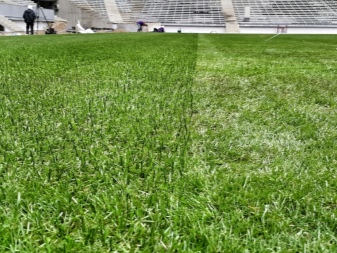
Lawn care includes a number of activities.
- Moistening the soil should be carried out regularly, as the topsoil dries up. For watering, it is necessary to use a fine sprayer - this will protect the soil from erosion and protect the root system of young plants.The depth of soil moisture should be 6-7 cm. Watering of the lawn should be carried out in the late evening - this will help the soil to be better saturated with moisture and keep it longer.
- When the grass reaches 7-10 cm in height, the first cut is done. In order not to damage the fragile turf layer, it is recommended to use a small lawn mower for this.
- It is necessary to mow the growing pile every 7-10 days, leaving 3-4 cm from the ground level. Regular cutting helps to form a strong root system. To get an even, smooth surface of the green canvas, it is necessary to cut the vegetation with a special technique. You can raise the pile and facilitate the cutting process with the help of a rake, with which you first need to walk on the lawn before mowing.
- It is important to regularly remove dry grass that remains in the area after cutting.
- Young vegetation must be fertilized once a month with mineral and complex additives. A mature turf (2-3 year old lawn) does not need such frequent feeding. It can be reduced to 1 time per year, it should be carried out in the autumn.
- Periodically, the green area needs aeration, which contributes to better penetration of air and moisture into the turf layers.
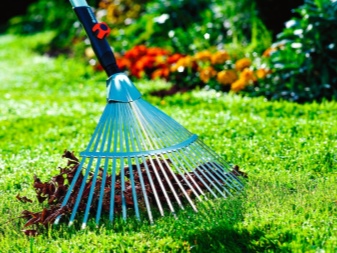
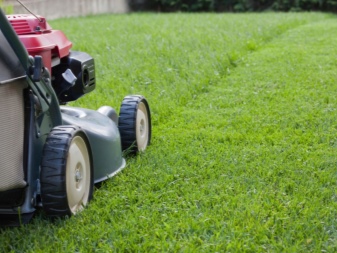
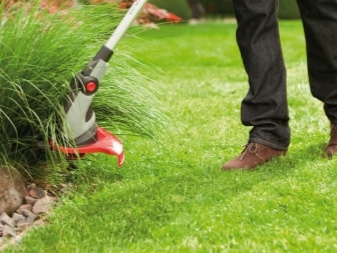

Review overview
An analysis of the reviews of summer residents about the sports lawn shows that most of them are satisfied with the result. Regardless of what method was used to obtain the coating (roll or sowing), everyone notes the high characteristics of vegetation after mechanical impact on it. Gardeners note that with proper care, such a lawn retains its decorative appearance for a long time (5-6 years).
Experts recommend using a model of a lawn mower for mowing a sports lawn, which not only cuts the grass, but also collects it immediately after that. Despite the fact that such a mechanism is slightly more expensive than conventional ones, it greatly facilitates the maintenance of the lawn.



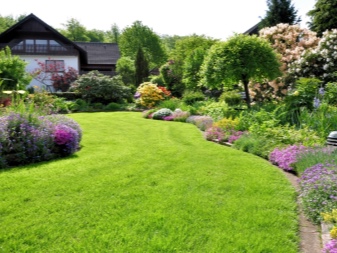
Gardeners note that weeds can appear on the surface with improper care. They not only give the site an unkempt appearance, but also inhibit the growth of grass, filling the entire space. The solution to the problem can be modern herbicides, which are completely safe for humans.
A well-groomed, neat lawn, which is used for both decorative and practical purposes, is the dream and pride of every owner. With the help of a sports lawn, you can not only decorate the site, but also make it a great place for outdoor activities, where you can often get together with relatives and friends.

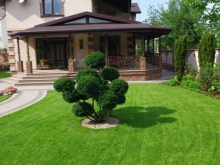
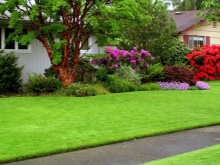
The following video explains how to best sow your lawn.



































































The comment was sent successfully.